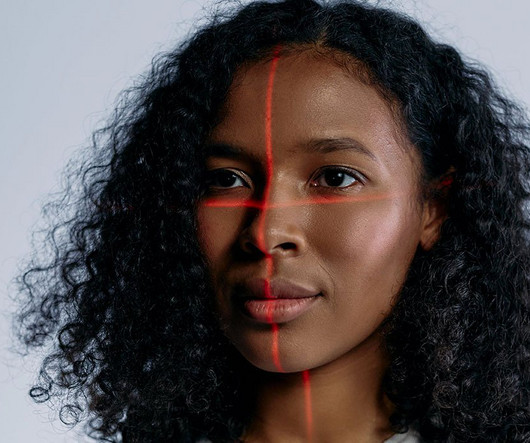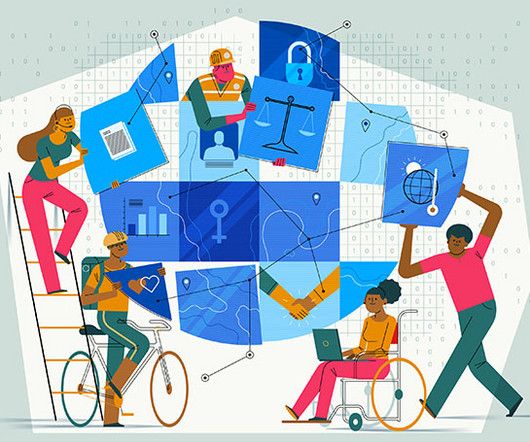Facial Recognition Technology’s Enduring Threat to Civil Liberties
NonProfit Quarterly
DECEMBER 21, 2023
The same report—which investigated disparities among several racial and ethnic groups, men, and women—revealed that false matches for mugshots were highest for Black women. The technologies are scanning our faces at retail stores, airports, and schools, often without our knowledge or consent. 11 (2022):12351–58.












Let's personalize your content